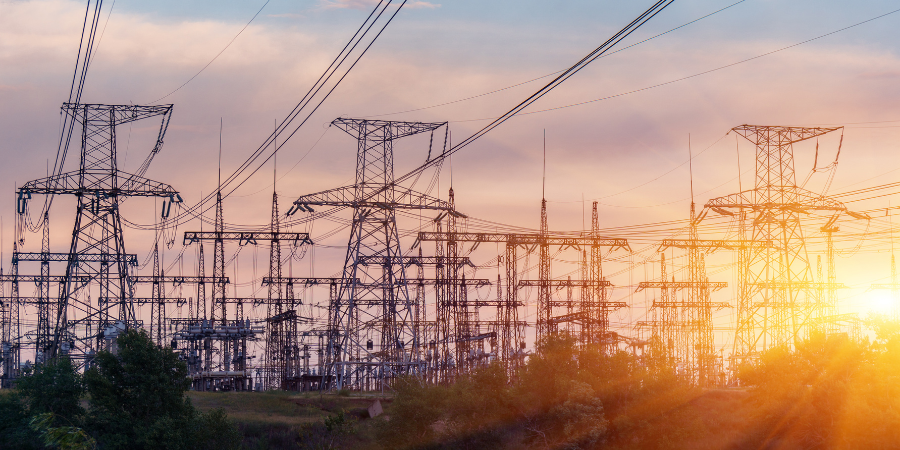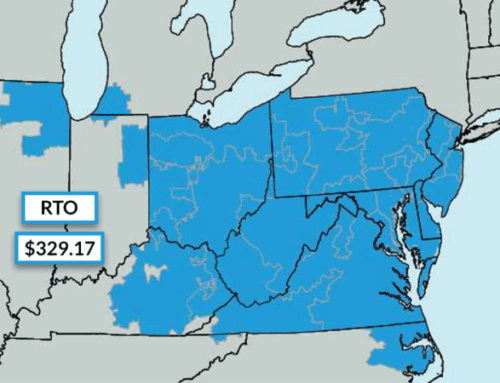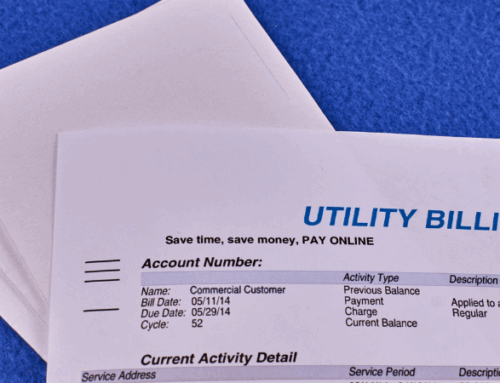As electricity travels from power plants to end-users, only some generated power reaches its final destination. A portion of the energy is lost in transit across the electric, known as line losses in electrical transmission lines. These losses impact the efficiency of electrical transmission systems and ultimately influence the cost of electricity for consumers. Understanding line losses is critical for businesses and organizations looking to optimize energy usage and reduce costs. In this article, we will explore what power loss in lines means, the types of losses, how to calculate them, the factors that influence energy transmission efficiency, and strategies for minimizing these losses.
Power Loss In Lines: What Does It Mean?
Power loss in transmission lines refers to the energy that dissipates as electricity travels from generation sources to consumers. This loss occurs due to inherent resistance in electric conductors, as well as other factors such as inductance and capacitance in the electric grid power lines (more on this later). The lost energy typically manifests as heat, reducing the overall efficiency of electrical energy transmission. Line losses contribute to inefficiencies in the energy system and lead to higher electricity costs for consumers, as utilities must compensate for these losses when setting electricity rates in the wholesale energy market.
Types Of Electrical Losses
There are three primary types of energy losses in power transmission lines: resistive losses, capacitive losses, and inductive losses. Let’s explore each of these in more detail below.
Resistive Losses
Resistive losses occur due to the inherent resistance in electrical conductors or the natural opposition to the flow of electricity that causes some energy to be lost as heat. When current flows through a conductor, some electricity is converted into heat energy, dissipating into the surrounding environment. This type of loss accounts for the majority of transmission line losses.
Capacitive Losses
Capacitive losses arise from the capacitance between the transmission line conductors and the ground or the ability of the power lines to store and release electrical energy due to the electric field created between the lines and the ground. As the line’s voltage alternates, energy is stored and released from the electric field created by this capacitance, leading to losses. These losses are more significant at higher voltages and frequencies.
Inductive Losses
Inductive losses occur due to the magnetic fields generated by the alternating current in the transmission lines. These fields induce voltages that oppose the flow of electrical current, resulting in energy being lost as heat.
Calculating Power Line Losses
Calculating power loss distribution in electrical systems is complicated unless you are an electrical engineer. For those types, we’ve included the actual formula below. For the rest of us, two times the electric current multiplied by the resistance of the conductors equals the total loss.
Ploss ?= I2 x R
Where:
- Ploss? is the power loss in watts
- I2 is the current in amperes
- R is the resistance of the conductor in ohms
The formula above is used to calculate resistive losses. For capacitive and inductive losses, the calculations involve more complex formulas that account for the frequency, voltage, and other factors.
What Line Losses Mean For Your Business
Line losses are an integral part of the electricity supply chain, and they directly impact the total price your business pays for electricity. These losses are factored into your total supply price, ensuring that the electricity you receive meets your demand despite the energy lost in transit.
The cost of these line losses is often influenced by your business’s location on the electric grid, known as the Locational Marginal Price (LMP). If your business is located closer to power plants or in areas with more efficient transmission lines, you are likely to experience lower line losses.
For businesses purchasing electricity through fully-bundled fixed-rate products, the cost of line losses is included in the overall rate. This means that your electricity supplier has already accounted for these losses when setting your fixed rate.
However, for businesses that opt for more complex hybrid energy products, such as block + index, the treatment of line losses can be different. In these structures, the cost of line losses may be broken out or passed through separately, depending on the terms of the contract. For example, with a block + index product, a portion of your energy usage is purchased at a fixed rate (the block), while the remainder is tied to an index rate. The line losses associated with the indexed portion may be passed through directly to you, meaning they are not included in the fixed rate and can vary based on your actual usage and the efficiency of the local transmission system.
Factors Influencing Energy Transmission Efficiency
Several factors affect the efficiency of electrical transmission systems:
Conductor Material and Size
The type of material used for conductors (e.g., copper or aluminum) significantly influences resistive losses. Larger conductors with lower resistance materials reduce losses and improve efficiency.
Transmission Line Length
The longer the transmission line, the greater the resistance, leading to higher line losses. Long-distance transmission lines, especially those carrying high electric loads, are more prone to significant energy losses.
Voltage Level
Higher voltage levels reduce current for the same amount of power transmitted, lowering losses. This is why high-voltage transmission lines are used for long-distance power transportation.
Weather
Temperature can affect the resistance of conductors and the overall efficiency of energy transmission. For instance, higher temperatures increase conductor resistance, leading to more significant losses.
Power Demand Fluctuations
Volatility in electricity demand can cause transmission inefficiencies, especially if the system is not optimized for sudden load changes. The grid operator must manage these fluctuations to minimize power loss.
Solutions For Minimizing Power Loss
Minimizing line losses in transmission lines is critical for enhancing the efficiency of electrical energy transmission and reducing energy costs. Here are some strategies to combat electrical loss.
Conductor Optimization
Using larger or higher-quality conductors can reduce resistive losses. For example, switching from aluminum to copper conductors can improve efficiency.
Voltage Optimization
Increasing the transmission voltage reduces current and thus resistive losses. This strategy is commonly used in long-distance high-voltage transmission lines across electric grid networks.
Reactive Power Correction
Implementing devices such as variable capacitor banks can help manage reactive power, improve power factor, and reduce losses.
Regular Maintenance
Ensuring that transmission infrastructure is well-maintained can prevent excessive losses due to damaged conductors or faulty equipment.
Smart Grid Technology
Implementing smart grids and grid modernization can improve the electric grid’s overall efficiency. Smart grids allow for better monitoring and management of electricity flow, reducing losses and improving reliability. In addition, distributed generation allows for on-site production and eliminates the need for long-distance power lines.
Load Management
Effective load management, including demand response programs, can help balance electricity demand with supply, reducing the need for excess energy capacity and minimizing losses.
Ways To Save
Businesses can take proactive steps to minimize line loss costs. By working with an energy brokerage firm like Diversegy, companies can assess their current energy contracts to determine how they pay for line loss and their total costs. For businesses located in inefficient areas of the electric grid, it could pay to bundle these costs into your total price for power. Other businesses may benefit from paying for loss as a pass-through charge. Either way, having an expert in your corner to guide you through your options is critical to your success.
Need Help Learning How To Combat Line Loss Costs?
Understanding line losses in transmission lines is critical for businesses looking to optimize their energy usage and reduce costs. At Diversegy, we are committed to helping businesses navigate the complexities of the energy industry and achieve energy savings. Contact us today to learn more about how we can assist you in reducing energy costs and securing more favorable electricity rates.



